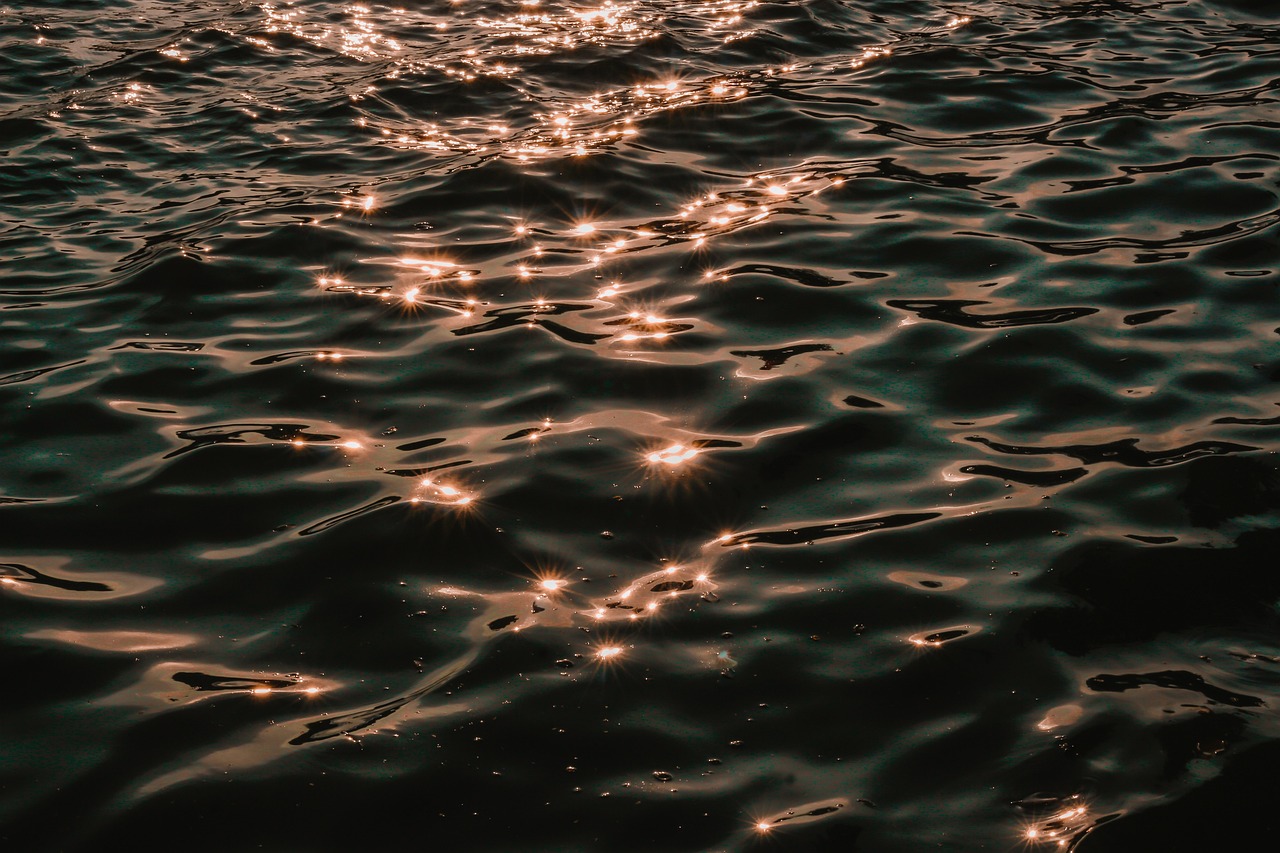Why Water Shortage in Great Basin Region?
Water Shortage in Great Basin Region
Great Basin Faces Water Crisis: Solutions Emerge Amidst Growing Drought
Carson City, NV – The Great Basin, a vast region in the Western United States, is facing a critical water shortage, prompting calls for immediate action to ensure its future.
The region’s arid climate, exacerbated by ongoing drought conditions, has put immense strain on water resources, threatening both human communities and sensitive ecosystems.
Experts point to several key solutions:
- Water Conservation: Implementing stricter water conservation measures for households and businesses is crucial. Reducing outdoor water use, such as watering lawns and washing cars, can significantly ease the strain on water resources.
- Innovative Irrigation: Utilizing advanced irrigation technologies, such as drip irrigation, can significantly reduce water usage in agriculture, a major water consumer.
- Smart Policies: Implementing policies that promote water conservation, sustainable water management, and incentivize water-efficient technologies are essential for long-term water security.
Organizations like the Active Climate Rescue Initiative (https://climate-rescue.org/) are leading the charge in addressing the Great Basin water crisis. By promoting sustainable practices, collaborating with stakeholders, and advocating for policy changes, the initiative seeks to ensure the region’s future water security.
The Great Basin’s water shortage is a pressing issue demanding immediate action. The solutions are available, and with concerted effort, the region can overcome this challenge and secure a sustainable future for its communities and ecosystems.
💦 The Great Basin: A Thirsty Land 💦
TL;DR – Too Long; Didn’t Read
The Great Basin is a huge area in the Western US that’s facing a serious water shortage. Climate change is making things worse, and we need to find ways to save water, use it smarter, and make laws to help. Organizations like the Active Climate Rescue Initiative are working hard to find solutions.
Where Does the Water Go?
The Great Basin is a landlocked region, which means it doesn’t have rivers that flow out to the ocean. Instead, water comes from snowmelt in the mountains and rainfall, and it mostly stays within the Basin. Here’s how the water cycle works:
- Evaporation: The sun heats up water in lakes, rivers, and the ground, turning it into vapor that floats up into the air.
- Condensation: As the water vapor rises, it cools and condenses back into tiny water droplets, forming clouds.
- Precipitation: When the water droplets in clouds become too heavy, they fall back to Earth as rain or snow.
- Runoff: Rain and melted snow run off the mountains and into rivers, lakes, and underground aquifers (like giant underground pools of water).
- Infiltration: Some water soaks into the ground, becoming part of the groundwater supply.
- Evapotranspiration: Plants use water from the ground and release it back into the air through their leaves.
The Challenges of a Dry Land
The Great Basin is naturally dry, but things are getting worse. The main problem is water scarcity, meaning there isn’t enough water to meet everyone’s needs. This is because:
- Climate Change: Higher temperatures mean more evaporation, less snowpack, and more frequent droughts.
- Population Growth: More people need more water for drinking, farming, and industry.
- Overuse: We’ve been using more water than we can replenish.
Facing the Water Crisis: Solutions on the Horizon
Here’s what we can do to overcome the water shortage in the Great Basin:
Water Conservation:
- Reduce Outdoor Water Use: Use less water for watering lawns, gardens, and washing cars.
- Fix Leaks: A leaky faucet can waste hundreds of gallons of water a year.
- Use Water-Wise Appliances: Look for appliances like dishwashers and washing machines that use less water.
- Install Water-Saving Devices: Low-flow showerheads and toilets can cut down on water usage significantly.
Innovative Irrigation:
- Drip Irrigation: Delivers water directly to plant roots, reducing evaporation and waste.
- Smart Irrigation Systems: Use sensors to monitor soil moisture and adjust watering schedules.
- Water Harvesting: Collecting rainwater in barrels or tanks can be used to water plants.
Policy and Legislation:
- Water Rights Management: Regulate water use and ensure that enough water is available for all.
- Water Conservation Incentives: Provide financial rewards or tax breaks for using water more efficiently.
- Promote Sustainable Agriculture: Encourage farming practices that use less water.
The Active Climate Rescue Initiative: A Beacon of Hope
Organizations like the Active Climate Rescue Initiative (https://climate-rescue.org/) are actively working to address the Great Basin water shortage. They are involved in promoting research, developing new technologies, and advocating for policy changes. Their work aims to create a future where the Great Basin can thrive even in a changing climate.
A Brighter Future for the Great Basin
The Great Basin faces a challenging future, but we can find solutions if we work together. By conserving water, using innovative irrigation methods, and implementing smart policies, we can ensure that the Great Basin has enough water for all. By supporting organizations like the Active Climate Rescue Initiative, we can contribute to a more sustainable and resilient future for this unique and valuable region.
More on Water Shortage…
- ## SEO Keywords: Water Shortage & Policy/Legislation
- General:
- water shortage
- water scarcity
- drought
- water crisis
- water conservation
- water management
- water security
- water policy
- water legislation
- water regulations
- water governance
- sustainable water use
- water access
- water equity
- water affordability
- Specific Issues:
- agricultural water use
- industrial water use
- urban water use
- groundwater depletion
- climate change and water
- population growth and water
- water pollution
- water infrastructure
- water pricing
- water metering
- Policy & Legislation:
- water policy reform
- water legislation reform
- water regulation
- water permits
- water rights
- water allocation
- water conservation incentives
- water efficiency standards
- drought planning
- water emergency preparedness
- water infrastructure investment
- water security strategies
- Regional:
- [Region Name] water shortage
- [Region Name] drought
- [Region Name] water policy
- [Region Name] water legislation
- [Region Name] water management
- Specific Groups:
- water shortage impacts on farmers
- water shortage impacts on businesses
- water shortage impacts on communities
- water shortage impacts on the environment
- water shortage impacts on public health
- Solutions:
- water conservation technologies
- water recycling
- desalination
- rainwater harvesting
- water-efficient agriculture
- water-efficient urban planning
- water pricing policies
- water education and awareness
- Other:
- water shortage news
- water shortage research
- water shortage statistics
- water shortage case studies
- water shortage solutions
- water shortage impact on the economy
- water shortage and human rights
- water shortage and social justice
- water shortage and climate change
- Long-Tail Keywords:
- how to conserve water during a drought
- water shortage solutions for small businesses
- the role of government in addressing water scarcity
- impact of water shortage on food security
- water shortage and the future of agriculture
- the legal framework for water management
- water rights and water conservation
- financing water infrastructure projects
- water shortage and sustainable development
- water shortage and global cooperation
- Remember to use relevant keywords in your website content, meta descriptions, and page titles. Conduct keyword research for your specific target audience and region for best results.




